We are constantly bombarded with messages vying for our attention. How can we make our message stand out and be more persuasive? Robert Cialdini, Ph.D., the world’s leading authority on the science of persuasion, explains the psychology of pre-suasion — a revolutionary way to influence and persuade.
In his bestselling book, Influence, Cialdini describes the six universal principles of persuasion. In Pre-Suasion, he reveals the secret to activating these principles to achieve the desired result. His approach is based on the idea that persuasion is not a single event. Rather, it is the result of a sequence of events that unfold over time. By understanding and aligning with the structure of this sequence, we can better position our message to be persuasive.
Cialdini draws on his extensive experience in the field of persuasion, as well as on cutting-edge research, to explain the psychology of pre-suasion. He shows how we can use this new science to achieve our goals in business and in life.
Pre-suasion is a powerful tool that can help us achieve our goals, and this book is essential reading for anyone who wants to learn how to use it.
Table of Contents:
1. Introduction: What is pre-suasion?
2. The psychology of pre-suasion
3. The six principles of persuasion
4. The secret to activating the principles of persuasion
5. How to use pre-suasion in business
6. How to use pre-suasion in your personal life
7. The benefits of pre-suasion
8. The pitfalls of pre-suasion
9. How to avoid the pitfalls of pre-suasion
10. Conclusion: The power of pre-suasion
1. Introduction: What is pre-suasion?
Pre-suasion is a powerful tool that can help us achieve our goals. It is the art of persuasion, and it is based on the idea that persuasion is not a single event. Rather, it is the result of a sequence of events that unfold over time. By understanding and aligning with the structure of this sequence, we can better position our message to be persuasive.
2. The psychology of pre-suasion
Pre-suasion is based on the psychological principle of priming, which states that we are more likely to process information that is related to something that we have just experienced. For example, if we are exposed to the word “red” before seeing a list of words, we are more likely to process words that are related to the color red.
3. The six principles of persuasion
Cialdini’s six principles of persuasion are:
- Reciprocity
- Commitment and consistency
- Social proof
- Liking
- Authority
- Scarcity
These principles are based on decades of research on the psychology of persuasion.
4. The secret to activating the principles of persuasion
The secret to activating the principles of persuasion is to align your message with the structure of the persuasion sequence. This sequence consists of three stages:
- Attention
- Comprehension
- Response
By aligning your message with the structure of the persuasion sequence, you can increase the likelihood that your message will be persuasive.
5. How to use pre-suasion in business
Pre-suasion can be used in a variety of business contexts, such as marketing, sales, and negotiation.
Marketing:
Pre-suasion can be used to increase the effectiveness of marketing campaigns. For example, if you want to increase the likelihood that people will buy your product, you can use pre-suasion to prime them with messages that are related to your product.
Sales:
Pre-suasion can also be used to increase sales. For example, if you want to increase the likelihood that people will buy your product, you can use pre-suasion to prime them with messages that are related to your product.
Negotiation:
Pre-suasion can also be used in negotiation. For example, if you want to increase the likelihood that people will accept your offer, you can use pre-suasion to prime them with messages that are related to your offer.
6. How to use pre-suasion in your personal life
Pre-suasion can also be used in your personal life. For example, if you want to increase the likelihood that people will do what you want, you can use pre-suasion to prime them with messages that are related to what you want.
7. The benefits of pre-suasion
There are many benefits to using pre-suasion.
- Pre-suasion can help you achieve your goals.
- Pre-suasion can help you influence and persuade others.
- Pre-suasion can help you increase sales.
- Pre-suasion can help you improve your negotiation skills.
- Pre-suasion can help you improve your communication skills.
- Pre-suasion can help you build better relationships.
- Pre-suasion can help you make better decisions.
8. The pitfalls of pre-suasion
There are some potential pitfalls to using pre-suasion.
- Pre-suasion can be used to manipulate others.
- Pre-suasion can be used to exploit vulnerabilities.
- Pre-suasion can be used to pressure people into doing things they don’t want to do.
- Pre-suasion can be used to deceive people.
- Pre-suasion can be used to create false impressions.
- Pre-suasion can be used to distort reality.
9. How to avoid the pitfalls of pre-suasion
There are some things you can do to avoid the pitfalls of pre-suasion.
- Be aware of the potential pitfalls of pre-suasion.
- Use pre-suasion ethically.
- Use pre-suasion responsibly.
- Use pre-suasion with caution.
- Don’t use pre-suasion to exploit vulnerabilities.
- Don’t use pre-suasion to pressure people into doing things they don’t want to do.
- Don’t use pre-suasion to deceive people.
- Don’t use pre-suasion to create false impressions.
- Don’t use pre-suasion to distort reality.
10. Conclusion
Pre-suasion is a powerful tool that can help us achieve our goals. It is based on the idea that persuasion is not a single event. Rather, it is the result of a sequence of events that unfold over time. By understanding and aligning with the structure of this sequence, we can better position our message to be persuasive.
When used responsibly, pre-suasion can be a powerful tool for achieving our goals.
When used irresponsibly, pre-suasion can be a dangerous tool for manipulating and exploiting others.
It is important to be aware of the potential pitfalls of pre-suasion and to use it responsibly.

